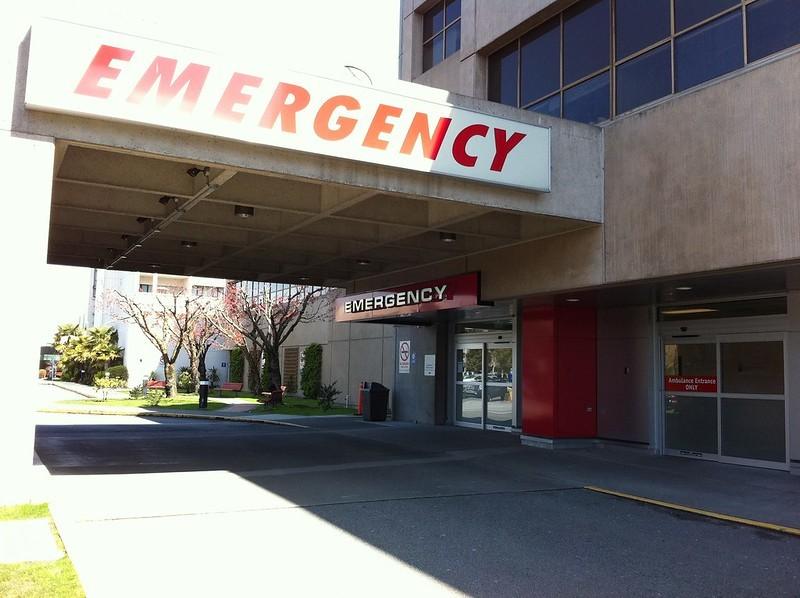A study of mental health (MH)-related emergency department (ED) visits during the pandemic found fluctuating patterns of visits relative to COVID-19 case surges, with increases after surges and variations both within and across racial and ethnic groups, researchers reported yesterday in JAMA Psychiatry.
Using data from the National Syndromic Surveillance Program from January 2019 to Aug 14, 2021, researchers from the Centers for Disease Control and Prevention (CDC) compared MH-related ED visits for 10 mental health disorders the following ways:
- During a period of high Delta variant circulation (Jul 18 to Aug 14, 2021) with the pre-Delta period (Apr 18 to May 15, 2021)
- After a COVID-19 case peak (Feb 14 to Mar 13, 2021) with during a COVID-19 case peak (Dec 27, 2020 to Jan 23, 2021)
- During the Delta period and the period after a COVID-19 case peak with the respective corresponding weeks during the prepandemic period
The MH disorders included anxiety, depressive, bipolar, schizophrenia spectrum, trauma- and stressor-related, obsessive-compulsive, eating, and tic disorders.
Changes after COVID-19 peaks
The study included more than 107 million ED visits among adults aged 18 to 64 years; 55% were among adults aged 25 to 49 years, 30% were 50- to 64-year-olds, and 15% were 18 to 24. After a decline in MH-related ED visits in March 2020, visit counts for most disorders rose in the spring, peaked from summer to mid-fall, then declined in late fall 2020.
All MH-related ED visit counts (–3.3%), as well as counts for most specific disorders, stabilized in all ages between the Delta and pre-Delta periods (percentage change, −1.4% to −7.5%), except for eating disorders (−11.9%) and tic disorders (−19.8%) and after a COVID-19 case peak compared with during a peak (0.6% to 7.4%). Most MH-related ED visit counts declined in the Delta period relative to the prepandemic period (−6.4% to −30.7%), and visits fluctuated by disorder when comparing after a COVID-19 case peak with the corresponding prepandemic period (−15.4% to 11.3%).
Accounting for ED visit volume, MH-related ED visits were a smaller proportion of visits in the Delta period compared with the pre-Delta period (visit ratio, 0.86; 95% confidence interval [CI], 0.85 to 0.86) and prepandemic period (0.80; 95% CI, 0.79-0.80). After a COVID-19 case peak, MH-related ED visits were a larger proportion of ED visits compared with during a peak (1.04; 95% CI, 1.03 to 1.04) and the corresponding prepandemic period (1.11; 95% CI, 1.11 to 1.12).
Impacts on minorities, young adults
In the race and ethnicity analysis, which included more than 2.5 million ED visits, the CDC researchers found that MH-related ED visits varied by race and ethnicity and by pandemic period examined.
For example, Asian adults had moderate to high increases in ED visit counts for anxiety disorders (18.3%), depressive disorders (20.5%), schizophrenia spectrum disorders (18.2%), and trauma- and stressor-related disorders (11.8%). Increases in selected disorders after COVID-19 peaks were also observed in adults aged 18 to 24 years.
The study authors say that, given the effect that poor MH can have on lifelong health, it's critical for patients to have access to flexible MH services that are tailored to individual needs and account for differences in service availability.
"Results of this cross-sectional study suggest that EDs may have increases in MH-related visits after COVID-19 surges, specifically for young adults and individual racial and ethnic minoritized subpopulations," they wrote. "Public health practitioners should consider subpopulation-specific messaging and programmatic strategies that address differences in MH needs, particularly for those historically marginalized."




















